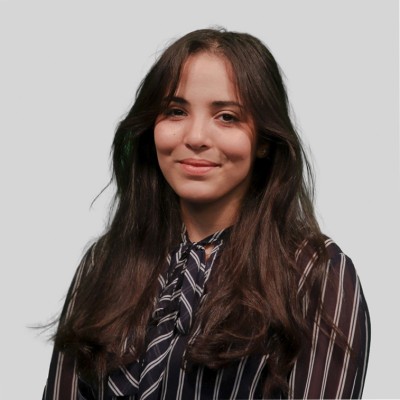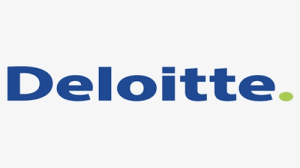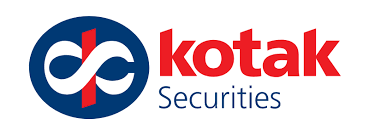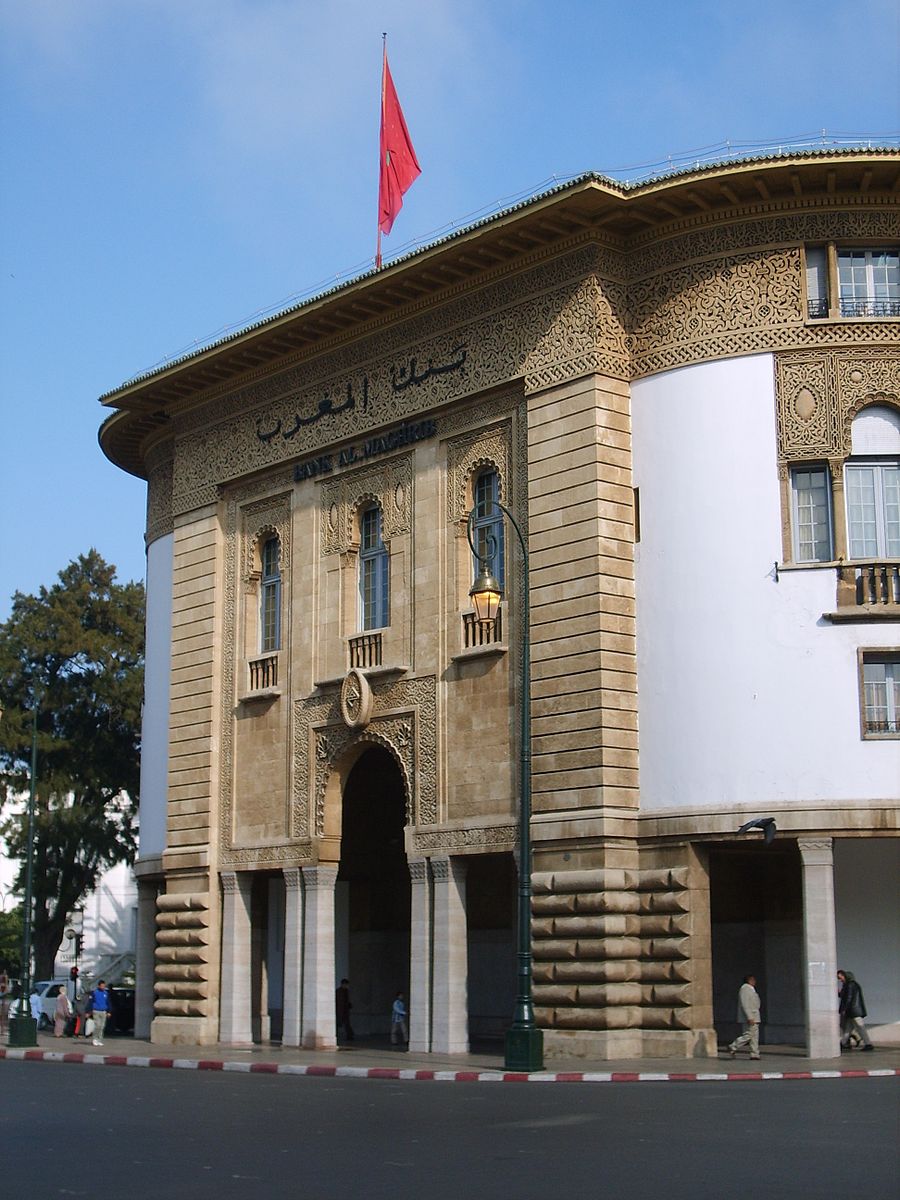My experience as an M&A Analyst Intern at Oaklins Atlas Capital
In this article, Basma ISSADIK (ESSEC Business School, Global Bachelor of Business Administration, 2019-2023) shares her experience as an M&A Analyst intern at Oaklins Atlas Capital.
In May-June 2021, I was able to intern at Oaklins Atlas Capital, which is the Moroccan branch of Oaklins, a leader of M&A advising in mid-market operations. Oaklins group has advisory teams in 45 countries around the world. The Oaklins team provides mergers and acquisitions, growth equity and equity capital markets, debt advisory and corporate finance advisory services.
Oaklins Atlas Capital
Founded in 1999, Atlas Capital is an independent investment bank in Morocco covering all businesses: investment banking, asset management, stock market intermediation and private management. Offering a range of financial services with high added value, it targets a diversified clientele, whether companies and public offices, financial institutions, private companies or individual investors. It then was included in the Oaklins group and network which has presence across the globe through its 45 teams from Stockholm to Shanghai, from New York to São Paulo. The bank benefits from cross-border collaboration which helps the teams find the best suitable deals for its clients with a track record of more than 1900 deals being closed in the past five years.
Logo Oaklins Atlas Capital

Source: Oaklins Atlas Capital.
My internship at Oaklins Atlas Capital
During May-June 2021, I worked as an M&A Analyst intern at Oaklins Atlas Capital. During my time at the bank, my main responsibilities were writing fact sheets about new clients (through communication with the Oaklins Network) and target companies / projects in Morocco. I was also responsible for drafting presentations (teaser, pitch, kick off meetings), for valuations (DCF, transactions) of the target companies once our clients confirmed their interest with it, and for assisting senior management in day-to-day tasks in relation to the transactions.
This experience was my very first in investment banking and it helped me understand the M&A process and how important negotiation and customer relationships were to this field. This internship introduced me to the very basics of Mergers and Acquisitions through a high-level of personal attention and monitoring as I was in a team of five in total including two partners and three interns. I had the opportunity to learn directly from professionals who have been in the field for 20+ years. Moreover, through this internship, I have been exposed to many industries: textile, technology, agriculture, food processing industry, electrical equipment, infrastructure, renewable energy and to clients from all over the world.
Skills needed
- Strong interpersonal skills
- Financial analysis skills
- Customer service (if you are to interact with clients)
- To be familiar with finance and be able to analysis financial data
- To be familiar with digital tools such as pptx and excel
What I have learnt from the internship
This internship has helped me learn so much about cross-border operations and how to approach potential acquirers with target companies and discuss the acquisition with them. It has also enabled me to have a solid understanding of many industries as I was in charge of sectoral research.
Key concepts related to my work
Mergers and acquisitions
Why do companies merge with and acquire other companies? Mergers and acquisitions are the act of consolidating companies or assets with an eye toward stimulating growth (it can expand a company’s market shares without it having to do significant heavy lifting), gaining competitive advantages (maybe eliminating competition and gaining market share), increasing market share, or influencing supply chains (eliminating a tier of costs).
A merger describes two companies uniting into a single company, where one of the two companies ceases to exist after being absorbed by the other company. The boards of directors of both companies must first secure approval from their respective shareholder bases. In 2006, Disney and Pixar completed a successful merger.
An acquisition occurs when one company (the acquirer) obtains a majority stake in the target firm, which incidentally retains its name and legal structure. For example, after Amazon acquired Whole Foods in 2017, the latter company maintained its name and continued executing its business model, as usual.
Tender Offer
A tender offer is a bid to purchase some or all of shareholders’ stock in a corporation. Tender offers are typically made publicly and invite shareholders to sell their shares for a specified price and within a particular window of time.
The price offered is usually at a premium to the market price and is often contingent upon a minimum or a maximum number of shares sold. To tender is to invite bids for a project or accept a formal offer such as a takeover bid. An exchange offer is a specialized type of tender offer in which securities or other non-cash alternatives are offered in exchange for shares. For example, Elon Musk has recently announced making a tender offer to acquire Twitter.
Proxy fight
A proxy fight refers to the act of a group of shareholders joining forces and attempting to gather enough shareholder proxy votes to win a corporate vote. Sometimes referred to as a “proxy battle,” this action is mainly used in corporate takeovers. For example, Microsoft Corporation made an unsolicited offer to buy Yahoo for $31 per share. The board of directors at Yahoo believed the offer by Microsoft under-valued the company, and, consequently, the board stalled any negotiations between Microsoft and Yahoo executives.
Why should I be interested in this post
This post is interesting for everyone who would like to work in investment banking and who would like to kick start their career by doing a summer internship.
Useful resources
Related posts on the SimTrade blog
▶ All posts about Professional experiences
▶ Basma ISSADIK My experience as an M&A/TS intern at Deloitte
▶ Anna BARBERO Career in finance
▶ Alexandre VERLET Classic brain teasers from real-life interviews
About the author
The article was written in August 2022 by Basma ISSADIK (ESSEC Business School, Global Bachelor of Business Administration, 2019-2023).






